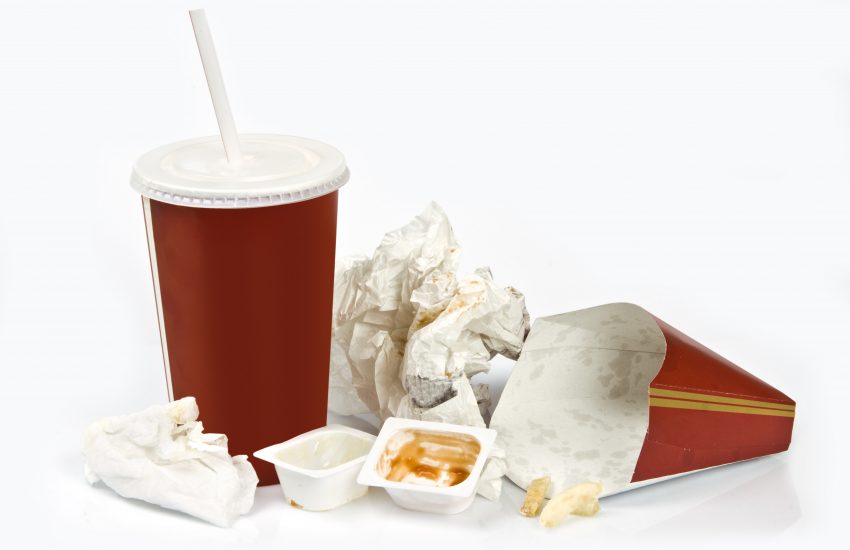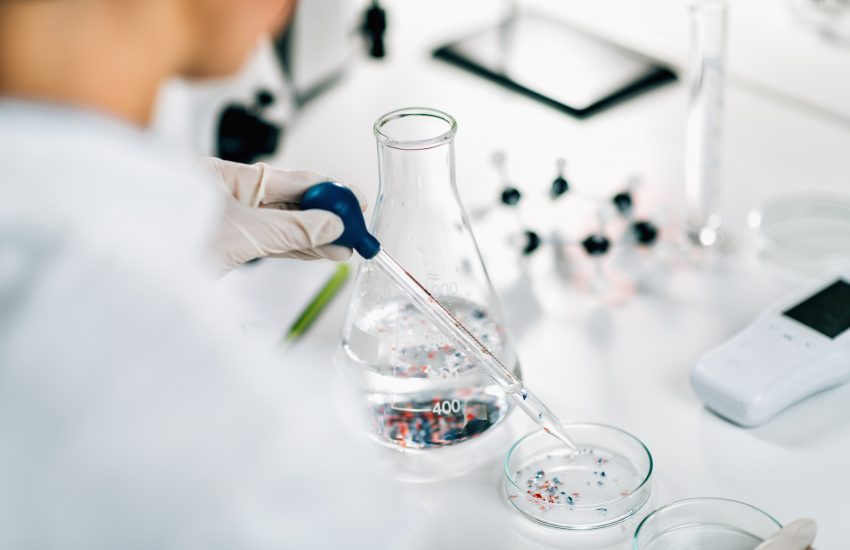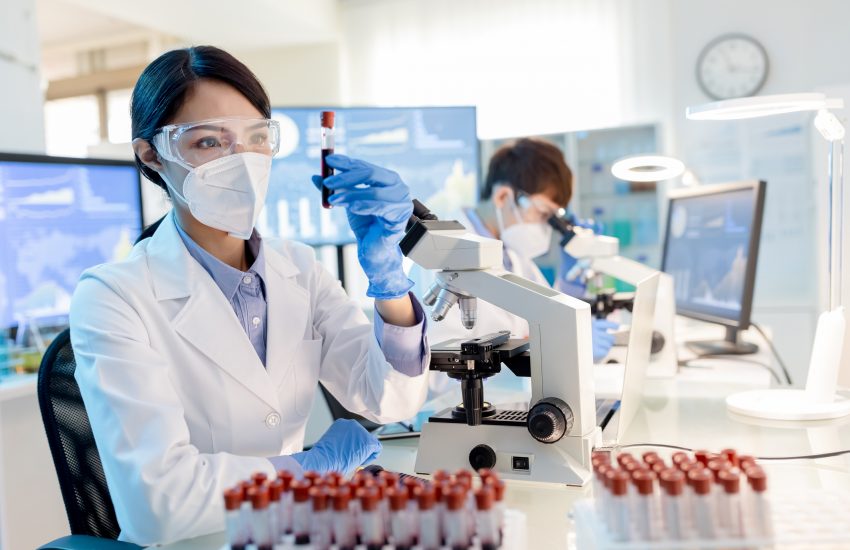In March, ELM posted on the burgeoning environmental conflict over plans to construct an open-pit lithium mine in Thacker Pass, Nevada — plans triggered by what has become a momentous shift away from an emissions-intensive, fossil-fuel based economy, to one powered by renewables. See: “Ranchers, Environmentalists, and Indigenous Communities Lock Arms Against Homegrown Lithium.”
Precipitated by the potential for domestically sourced minerals to foster homegrown energy and in turn breed income, twenty-first century prospectors have been flocking to the nation’s once abandoned mineral …
Continue Reading









